Additive Manufacturing Processes From Prototyping to Production
3D printing is redefining how parts and products are imagined, designed, and produced. With unlimited design potential, you can create parts that are stronger and lighter with improved performance and unique functionality. Gone are the days of one size fits all; with additive, you can now take a customized and low-volume approach to your product development and manufacturing. Our range of additive manufacturing technologies are designed to support your projects from the early prototyping stage through to production. Work with our team of additive experts to dream the impossible and make the unmakeable with world-class technology.
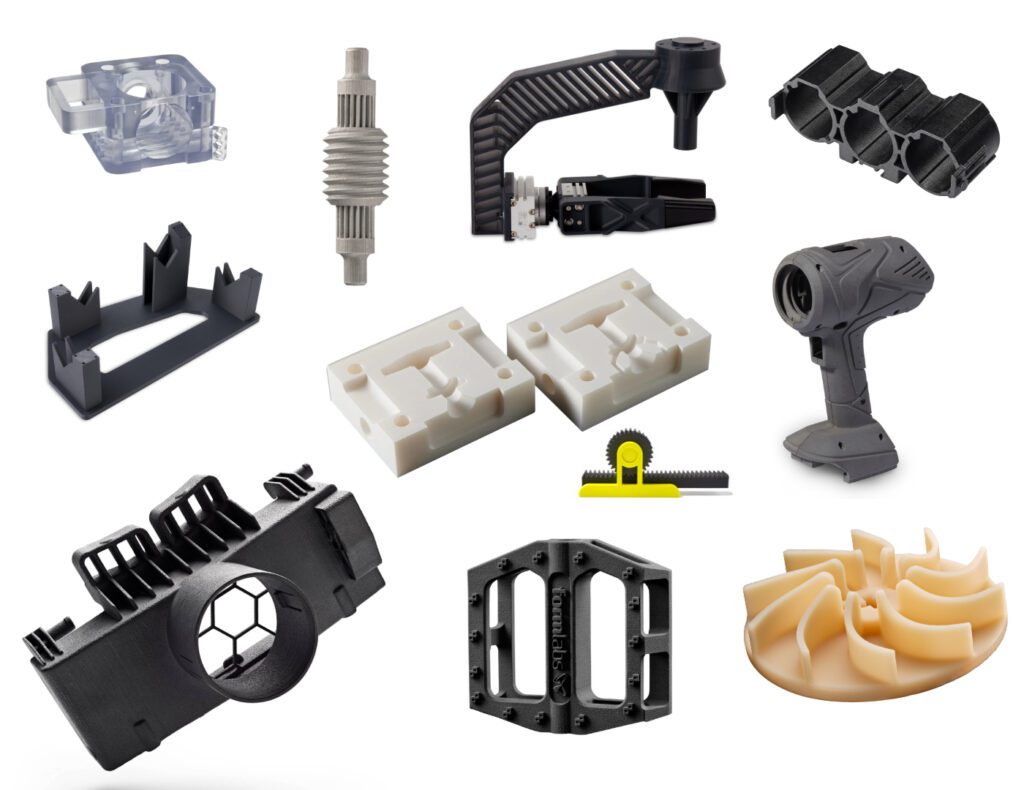
Multi Jet Fusion
- Prosthetics & Orthotics
- Sport Goods and Snap Fits
- Prototypes and Functional Parts
- Car interior parts
- Fixtures & Tooling
The Benefits of MJF 3D Printing
- Cost-effective for low-mid volume production applications
- Cost-effective solution compared to injection molding
- High printing speed
- Fine features & complex geometry parts
- Parts print in self-supporting environments which enables complete design freedom.
Parts produced with MJF are strong and have a low per-part cost. They have low porosity, isotropic properties and higher density.
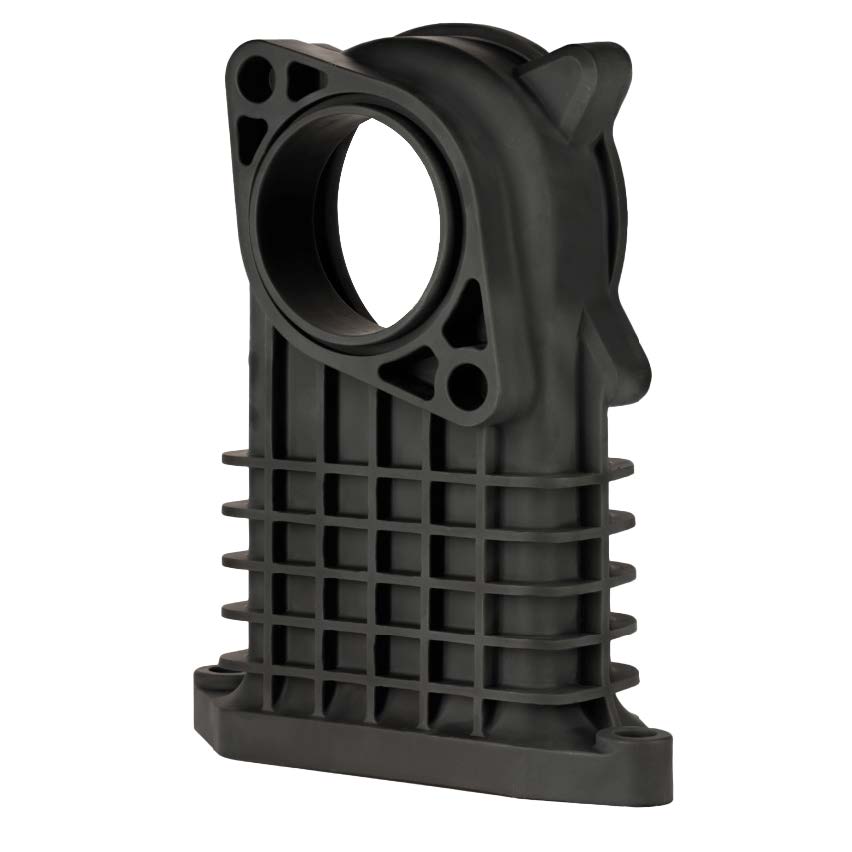
 DIGITAL LIGHT PROCESSING (DLP)
DIGITAL LIGHT PROCESSING (DLP)
Digital Light Processing (DLP) is a 3D printing process in which a DLP projector light source cures photosensitive material/resin. DLP printing is enabled using a DLP chip, a precision device made up of millions of microscopic mirrors that can be individually controlled to produce clear and crisp images. An oxygen layer enables continuous motion of the build platform allowing for exceptional speed.
Digital Light Processing | DLP
- Manufacturing aids and tools
- Jigs & Fixtures
- Consumer products
- Lattice structures for sportswear
- Housings & covers
- Fluid routing prototypes
Materials Group
- Rigid Polymers
- Heat Resistant Polymers
- Elastomers
- Foams
- Castable
- Bio-Compatible
Why is DLP 3D printing so common in manufacturing?
- Micron-level accuracy & fine details
- Incredible surface finish over traditional polymer 3D printing methods
- DLP printers are capable of printing a wide variety of part sizes
- Production of end-use parts not just tooling & prototyping applications
- Mechanical properties that remain stable over time for long-lived end-use parts
- Highly ceramic-filled materials for added toughness and improved surface finishes
- High-temperature materials without brittleness for end-use parts in demanding environments
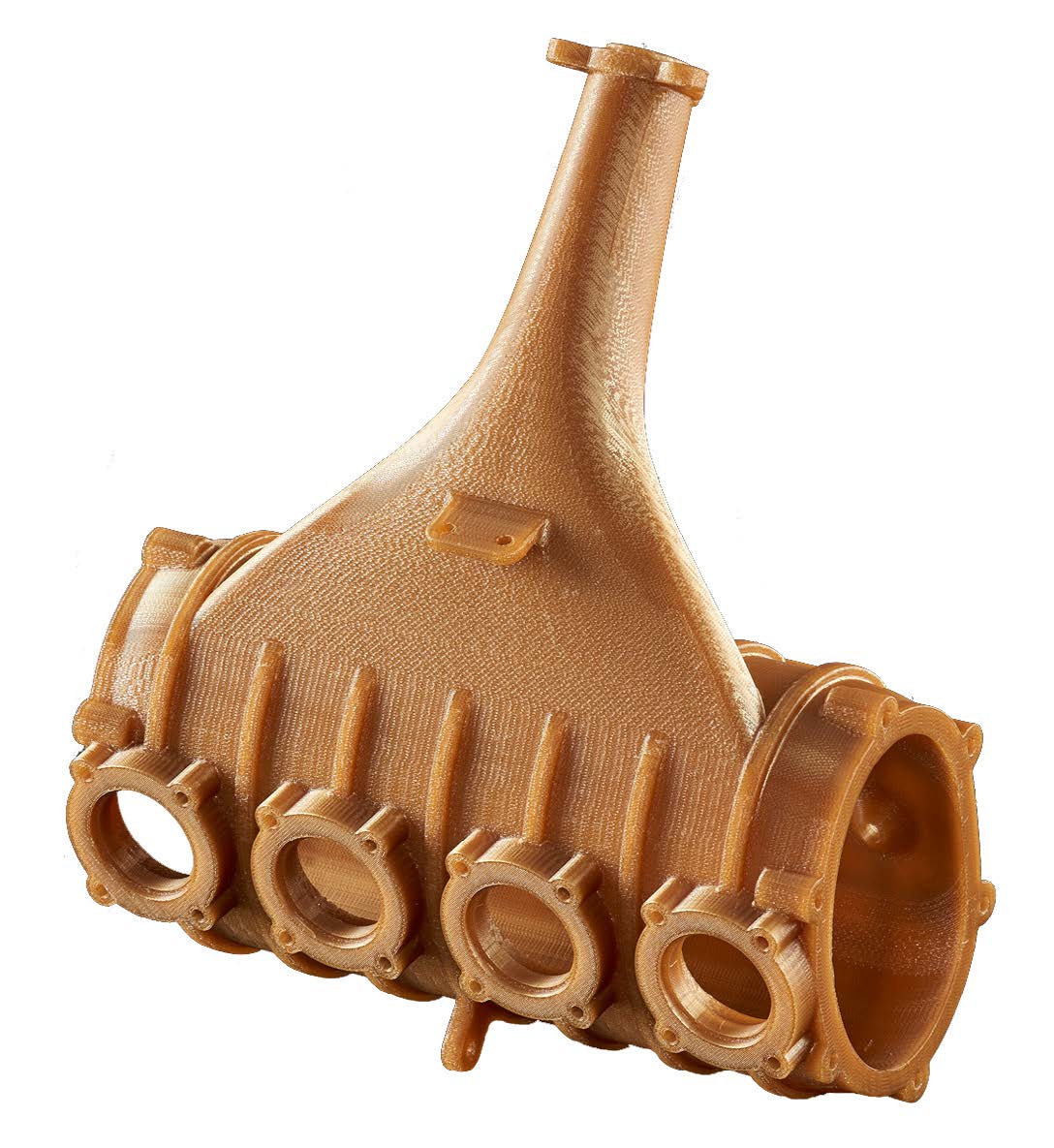
 FUSED DEPOSITION MODELING (FDM)
FUSED DEPOSITION MODELING (FDM)
Fused Deposition Modeling is an extrusion-based technology that uses production-grade thermoplastics to print durable parts with outstanding thermal and chemical resistance and strength-to-weight ratios. It is perfect for creating functional prototypes and end-use parts.
Fused Deposition Modeling
- Functional Prototypes
- Production Parts
- Molds & Patterns
- Concept Models
- Jigs & Fixtures
FDM 3D printed thermoplastic filaments with properties like toughness, electrostatic dissipation, translucency, bio-compatibility, UV resistance & high heat deflection such ABS or Nylon.
Benefits of 3D printing
- FDM technology uses thermoplastics found in traditional manufacturing processes and is ideal for applications that demand tight tolerances, toughness, and environmental stability. It is a well-developed 3D printing technology, that’s clean, simple to use, and office-friendly.
- Supported production-grade thermoplastics are mechanically and environmentally stable
- Excellent for large parts
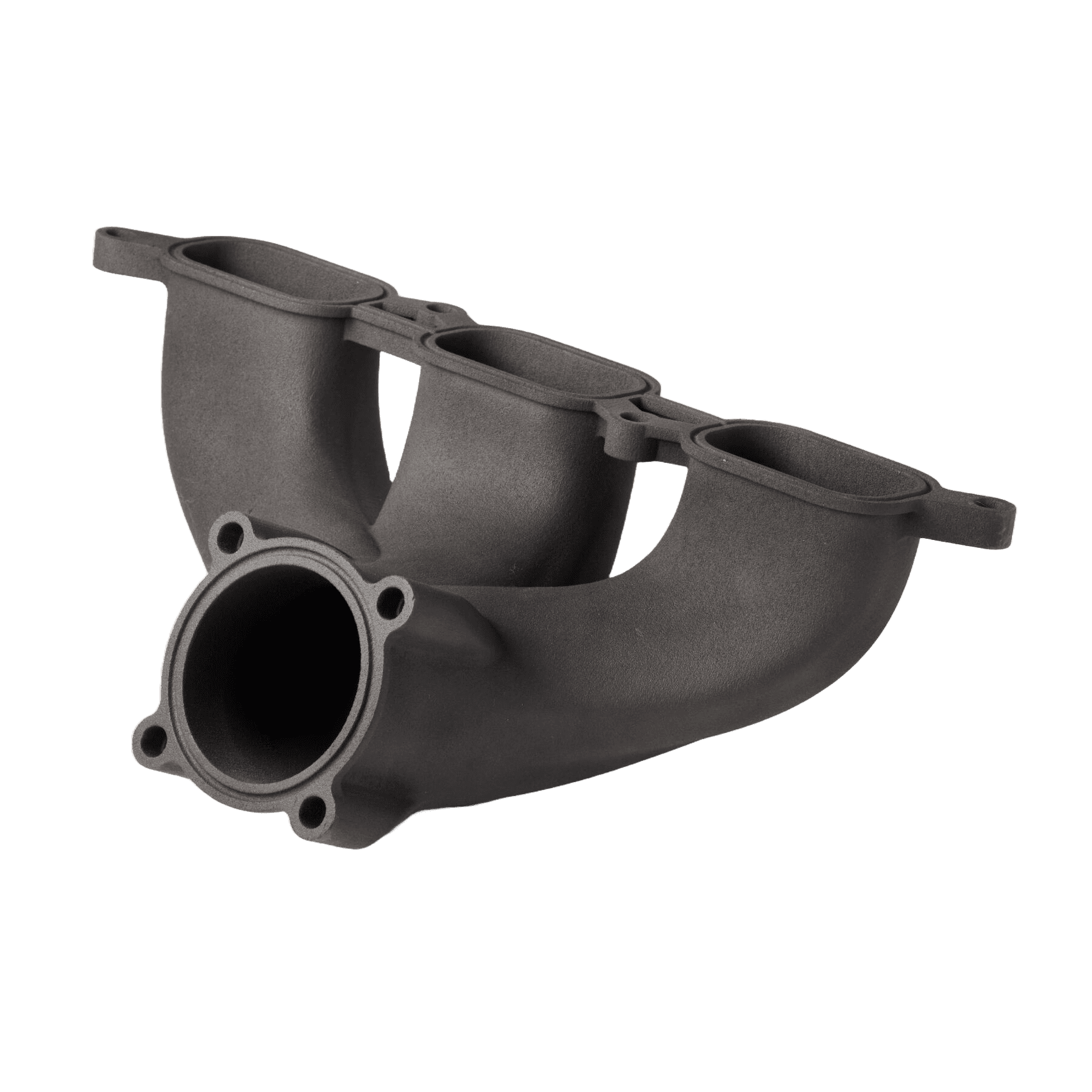
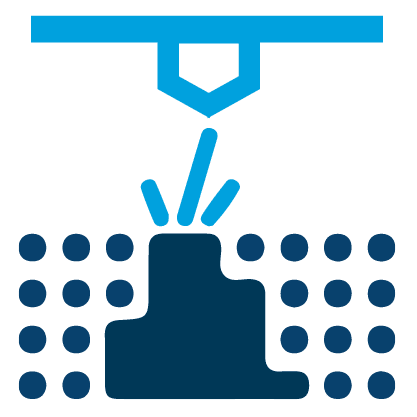 SELECTIVE LASER SINTERING (SLS)
SELECTIVE LASER SINTERING (SLS)
Selective Laser Sintering (SLS), or Laser Sintering (LS), uses a CO2 laser to heat and fuse durable thermoplastic powder to build versatile parts with high elongation at break. 3D printed production parts and prototypes provide lightweight, heat, and chemical-resistant solutions.
Selective Laser Sintering 3D Printing
Applications
- Functional prototyping or large production parts in taxing environments
- Prototypes with mechanical properties similar to injection-molded parts
- Lightweight designs using complex lattice structures
- Medical applications requiring USP Class-VI biocompatibility
Materials
- Heavy materials such as
- Alumide
- PA2210 FR
- PA3200 GF
- PA2200
What are the advantages of SLS 3D printing?
- Cost Savings
- There’s no need for dedicated support structures a the unfused powder holds the part during printing.
- Complex geometries
- Ideal for complex geometries, including interior features, undercuts, thin walls, and negative features.
- Ideal for 3D printing multi-part assemblies into one part.
- Excellent mechanical properties resembling injection-molded parts.
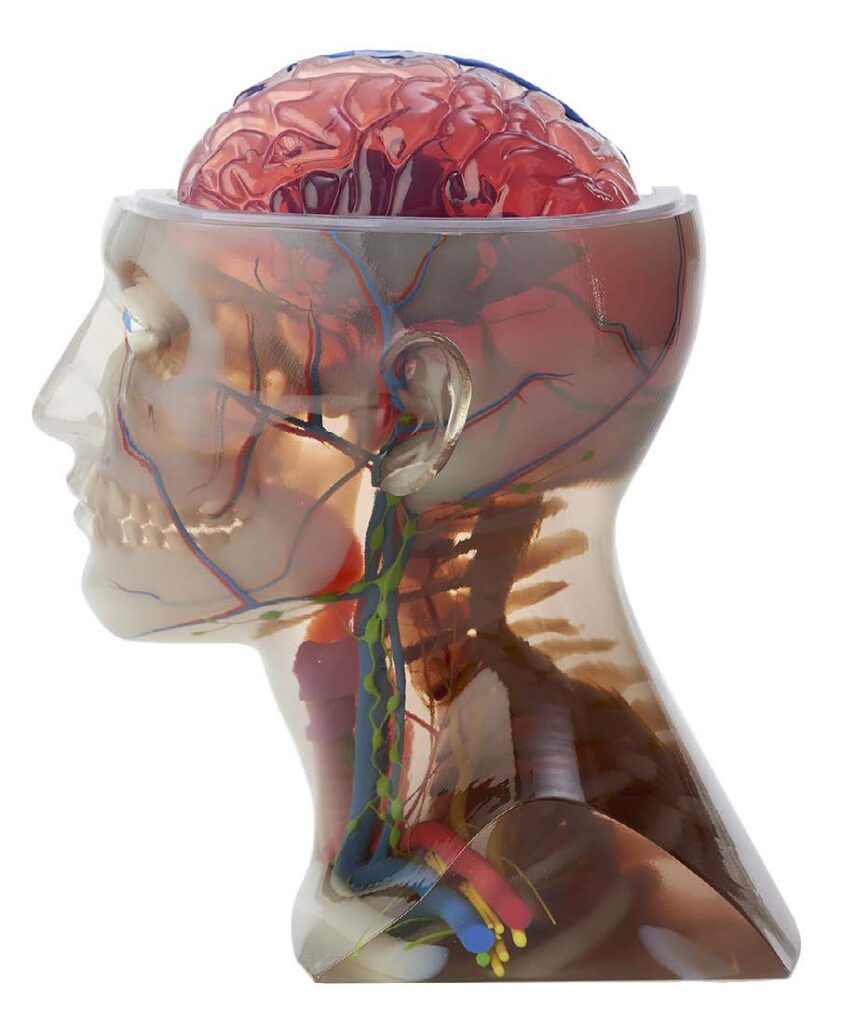
 POLYJET
POLYJET
Polyjet is an additive manufacturing process that jets layer of liquid photopolymer resin to print models that have complex geometries, fine details and smooth surfaces. Combine multiple colours and materials that range from rigid to flexible in a single print, giving you an endless palette of material and colour possibilities.
PolyJet
Application Industries
- Prototyping & Visual Models
- Production Parts
- Manufacturing
- Composite Tooling
Materials
- Digital Materials
- Stratasys® Photopolymers
What to expect with Polyjet 3D printing?
- Fine details, smooth surfaces, part accuracy, material range, multi-materials and multi-colour capabilities in one print.
- Highly realistic, functional 3D models.
- Soluble support material dissolves itself in a water-based solution.
Stereolithography | SLA
Application Industries
- Engineering and Product Design
- Manufacturing
- Dental & Medical, including Audiology
- Education & Entertainment
- Jewelry
- General-use, engineering, jewelry & casting resins
- BioMed resins
Why choose SLA 3D printing?
- Obtain isotropic parts
- The water tightness of SLA 3D printers is beneficial to solving air and fluid flow challenges for automotive uses, biomedical research, and validating part designs for consumer products like kitchen appliances
- Repeatedly produce accurate and precise components with fine features and smooth surface finish
- Material versatility.
Metal Binder Jetting
- Manufacturing machinery
- Chemical processing
- Food processing
- Pump components
- Valving & Fasteners
- Jigs and Fixture
- Developed by Desktop Metal’s in-house team of world-leading material scientists
- High-strength material, resistant to mild corrosive environments
- Precipitation hardening steel
Why choose Binder Jetting 3D printing technology?
- Best-in-class part quality
- Speed | Binder Jetting can produce parts as much as 100 times faster than laser powder bed fusion systems
- High-throughput productivity, therefore, means that per-part costs can compete with traditional processes like casting and forging.
- Manufacturing complex shapes & geometries with internal features & channels.
- Binder jet parts emerge from the furnace fully dense, meaning they’re equally strong in all directions.
- Reduced warehousing & inventory needs
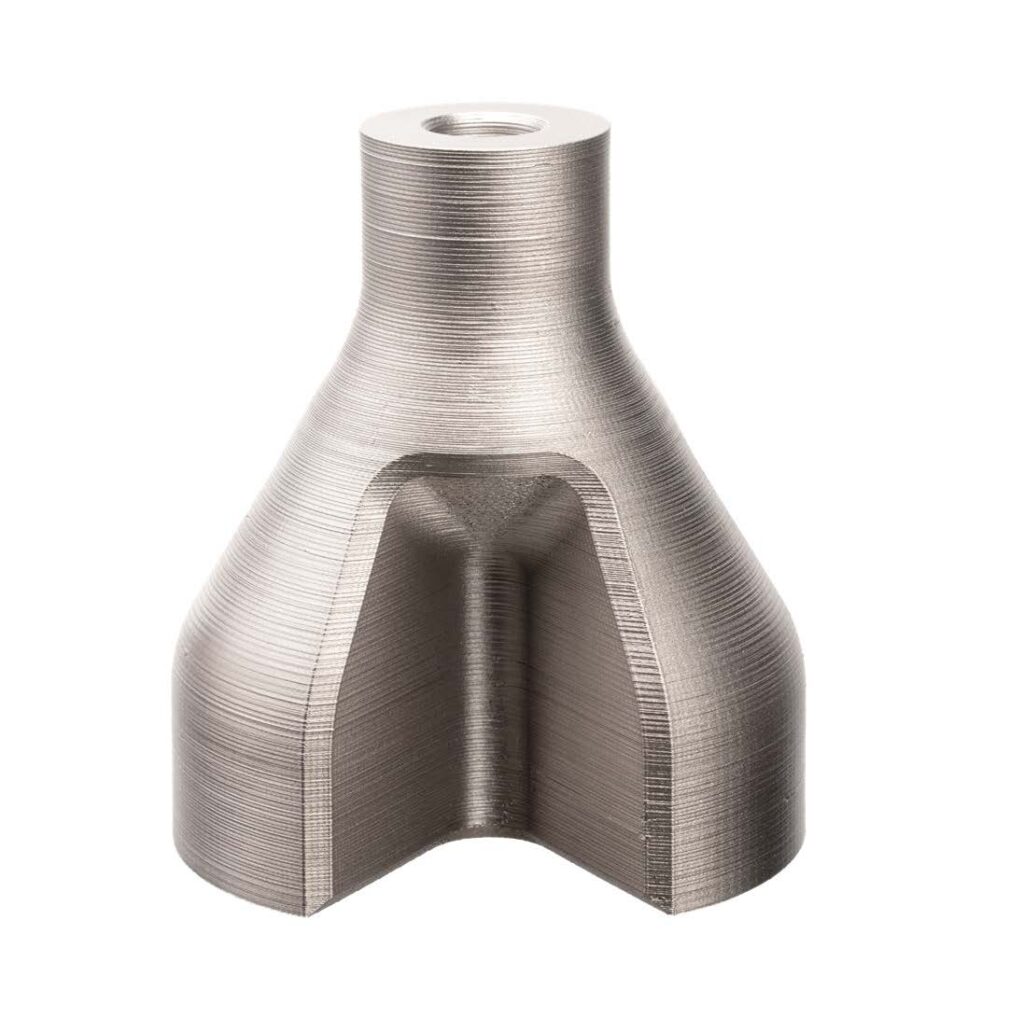
 BOUND METAL DEPOSITION
BOUND METAL DEPOSITION
Bound Metal Deposition™ (BMD) is an extrusion-based metal additive manufacturing (AM) process where metal components are constructed by extrusion of a powder-filled thermoplastic media. Bound metal rods—metal powder held together by wax and polymer binder—are heated and extruded onto the build plate, shaping a part layer-by-layer. Once printed, the binder is removed via the debind process, and then sintered—causing the metal particles to densify.
Bound Metal Deposition
Depending on the chosen material, there is a wide variety of applications in many industries, such as:
- Manufacturing
- Chemical processing
- Food processing
- Oil & Gas
- Automotive
- Pulp & Paper and many more.
- 17-4 PH Stainless Steel
- 316L Stainless Steel
- 4140 Chromoly Steel
- H13 Tool Steel
- Copper
- Ti64 (Titanium Alloy)
What are the main benefits of Bound Metal Deposition (BMD) 3D printing?
- Fabrication of parts with closed-cell infill – a fully enclosed, internal lattice structure printed within the part.
- Near-net-shape parts with the strength and accuracy needed for functional prototyping, jigs & fixtures, tooling applications, and sometimes low-volume production.
- BMD works with industrially-relevant metallic alloys such as stainless steels, tool steels, and other metals that are difficult to process via other AM techniques, such as refractory metals, cemented carbides, and ceramics.
- Smooth finish on support-facing surfaces.
Direct Metal Laser Sintering
- Fully Functional Prototypes & Production Tools
- Mold and Insert Tooling
- Rigid Housing
- Ductwork
- Spare Parts
- Heat Exchangers & Heatsinks
- Metals & Alloys
- Steel & Stainless Steel
- Titanium Pure & Alloys
- Aluminum Alloys
- Nickel-Based Alloys
- Cobalt Chrome Alloys
- Copper-Based Alloys
DMLS 3D Printing Characteristics
- Printed parts with DMLS technology are durable, lightweight and precisely detailed.
- Print complex geometries with strong and durable components
- Rapid prototyping with high quality and high accuracy- ideal for functional testing
- Create complex shapes, intricate details and delicate features
- Reduce cost & development time by consolidating parts; no tooling required.
- Reduce lead times and faster results.
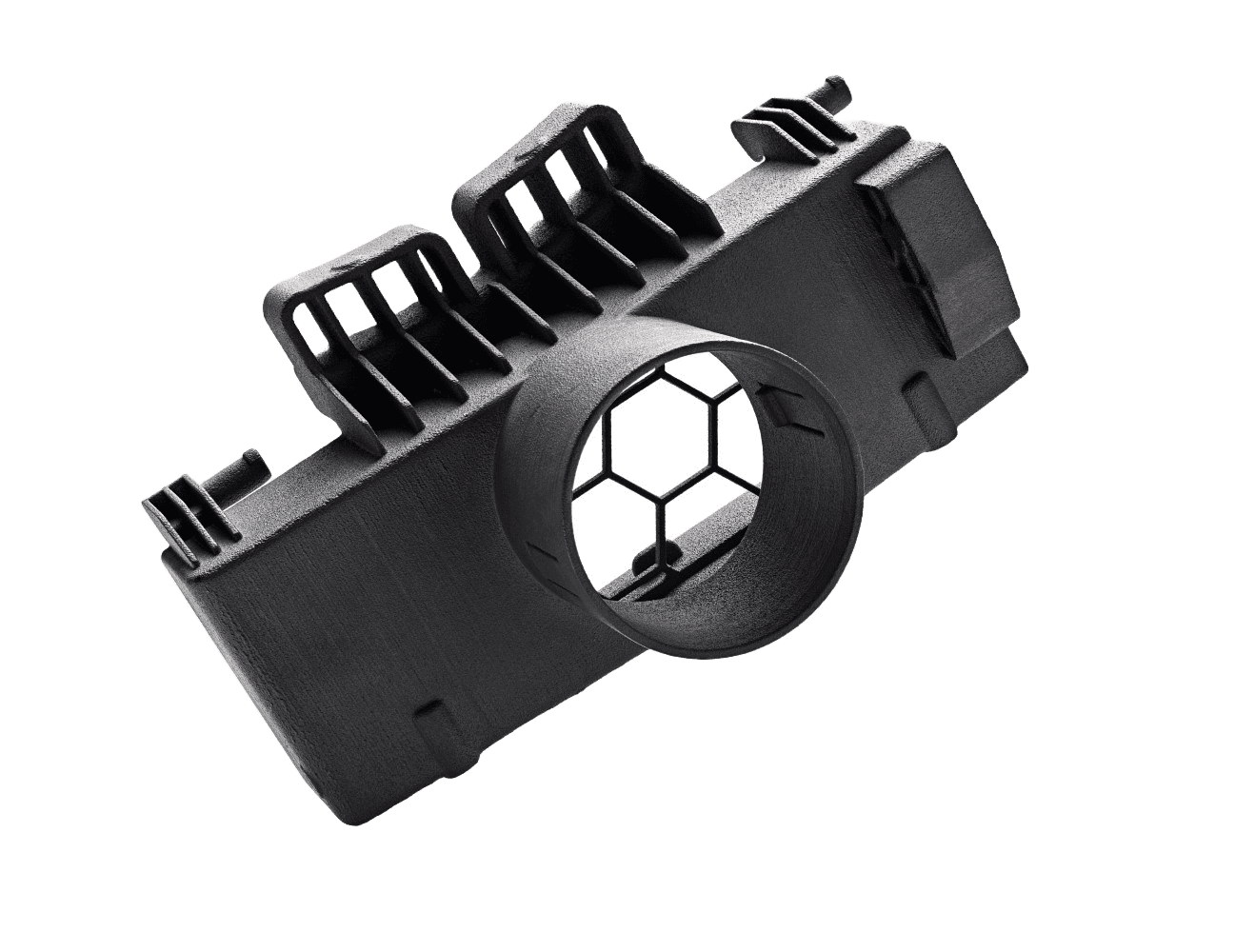
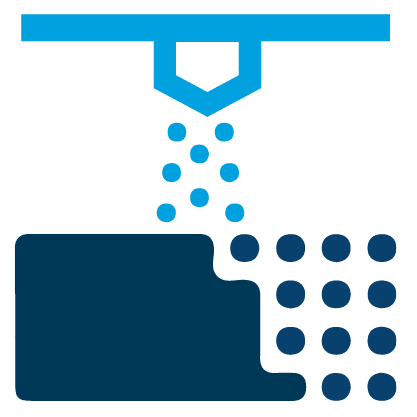 MULTI JET FUSION (MJF)
MULTI JET FUSION (MJF) 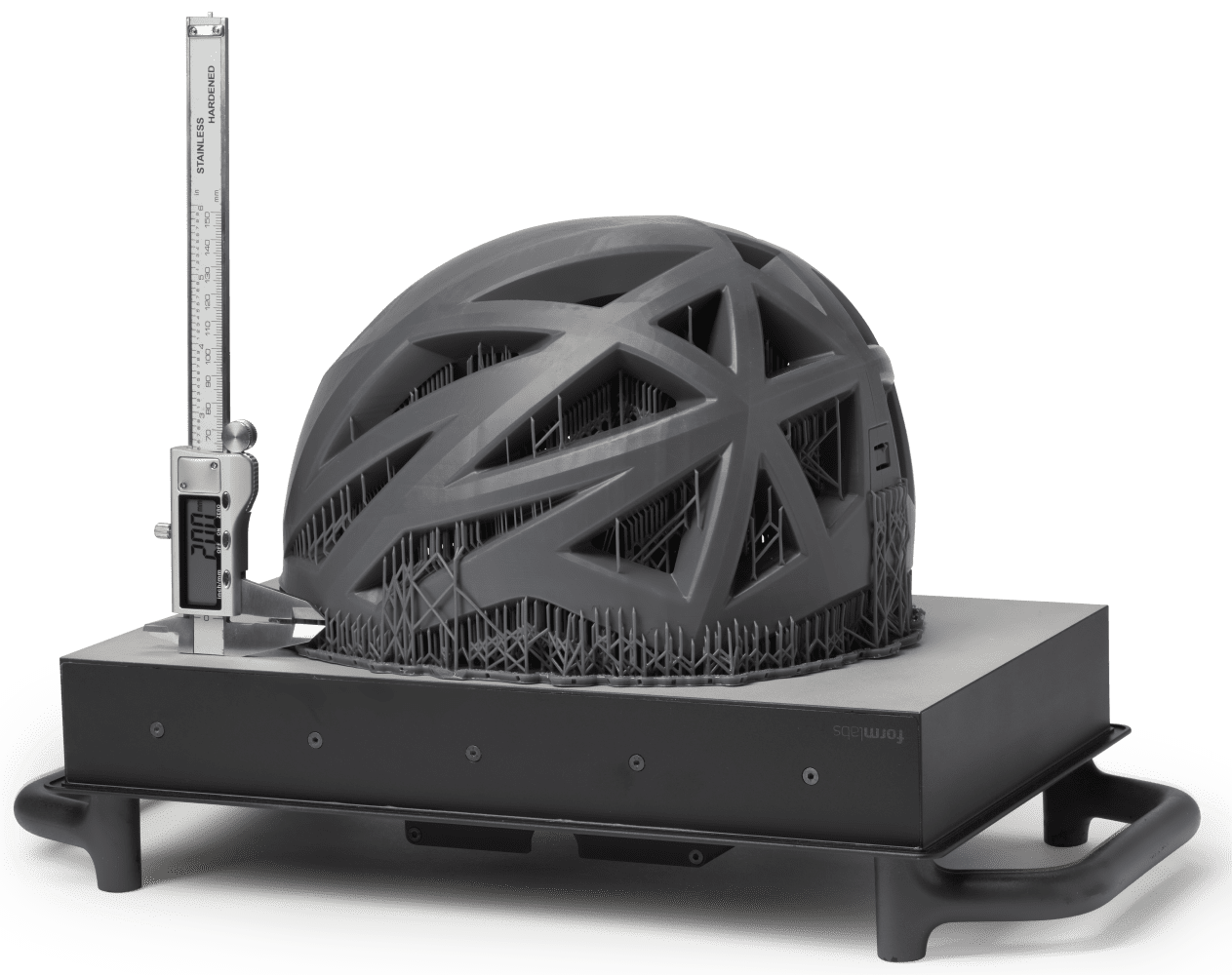
 STEREOLITHOGRAPHY (SLA)
STEREOLITHOGRAPHY (SLA)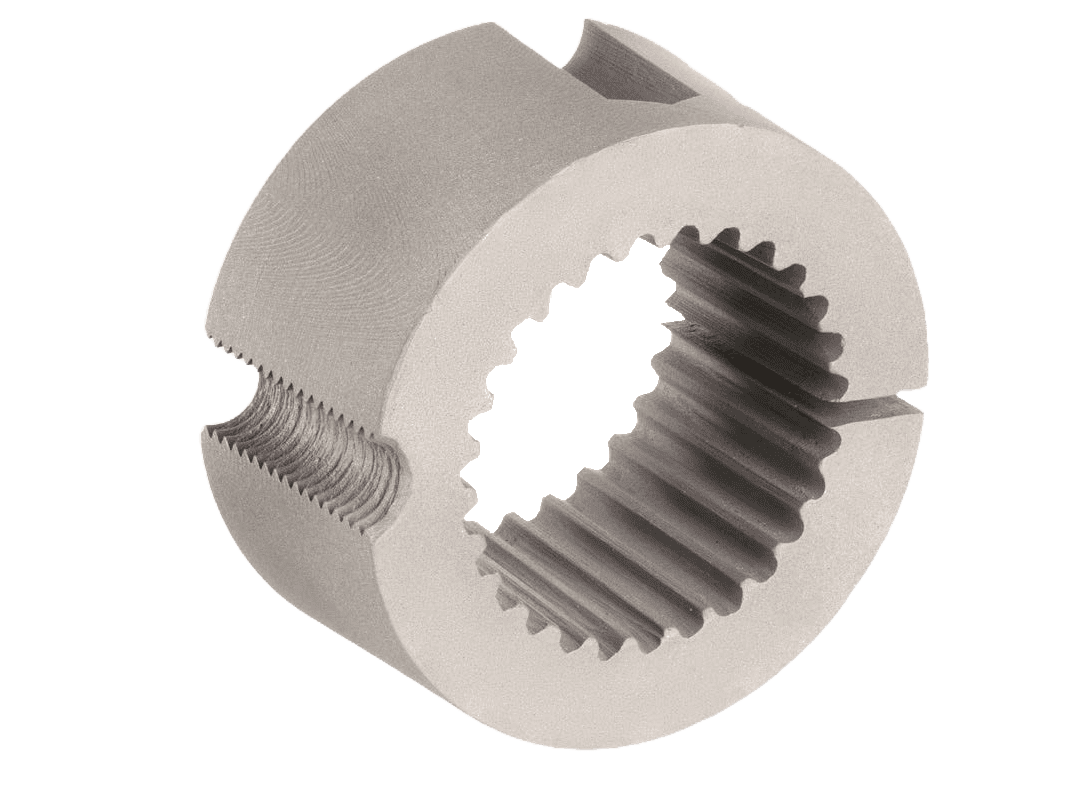
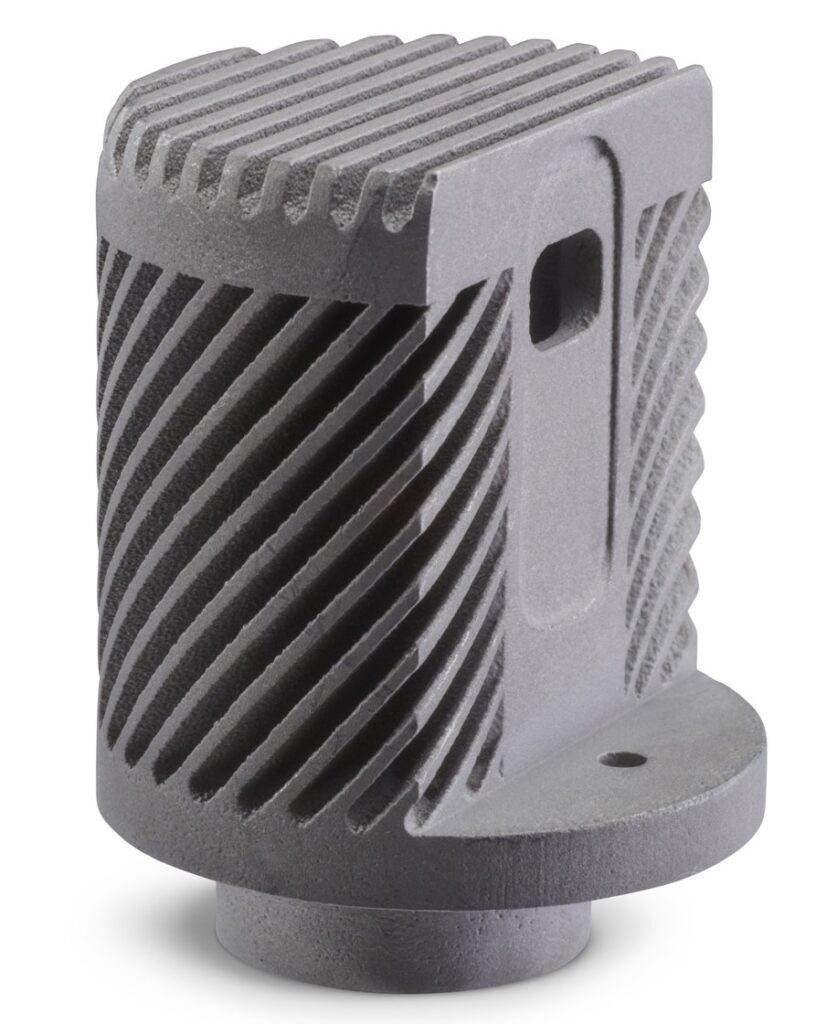
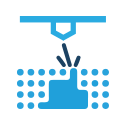 DIRECT METAL LASER SINTERING (DMLS)
DIRECT METAL LASER SINTERING (DMLS)